Vanessa Perez Rosario - Becoming Julia de Burgos: The Making of a Puerto Rican Icon
Here you can read online Vanessa Perez Rosario - Becoming Julia de Burgos: The Making of a Puerto Rican Icon full text of the book (entire story) in english for free. Download pdf and epub, get meaning, cover and reviews about this ebook. year: 2014, publisher: University of Illinois Press, genre: Romance novel. Description of the work, (preface) as well as reviews are available. Best literature library LitArk.com created for fans of good reading and offers a wide selection of genres:
Romance novel
Science fiction
Adventure
Detective
Science
History
Home and family
Prose
Art
Politics
Computer
Non-fiction
Religion
Business
Children
Humor
Choose a favorite category and find really read worthwhile books. Enjoy immersion in the world of imagination, feel the emotions of the characters or learn something new for yourself, make an fascinating discovery.

- Book:Becoming Julia de Burgos: The Making of a Puerto Rican Icon
- Author:
- Publisher:University of Illinois Press
- Genre:
- Year:2014
- Rating:5 / 5
- Favourites:Add to favourites
- Your mark:
Becoming Julia de Burgos: The Making of a Puerto Rican Icon: summary, description and annotation
We offer to read an annotation, description, summary or preface (depends on what the author of the book "Becoming Julia de Burgos: The Making of a Puerto Rican Icon" wrote himself). If you haven't found the necessary information about the book — write in the comments, we will try to find it.
While it is rare for a poet to become a cultural icon, Julia de Burgos has evoked feelings of bonding and identification in Puerto Ricans and Latinos in the United States for over half a century.
In the first book-length study written in English, Vanessa Prez-Rosario examines poet and political activist Julia de Burgoss development as a writer, her experience of migration, and her legacy in New York City, the poets home after 1940. Prez-Rosario situates Julia de Burgos as part of a transitional generation that helps to bridge the historical divide between Puerto Rican nationalist writers of the 1930s and the Nuyorican writers of the 1970s. Becoming Julia de Burgos departs from the prevailing emphasis on the poet and intellectual as a nationalist writer to focus on her contributions to New York Latino/a literary and visual culture. It moves beyond the standard tragedy-centered narratives of de Burgoss life to place her within a nuanced historical understanding of Puerto Ricos peoples and culture to consider more carefully the complex history of the island and the diaspora. Prez-Rosario unravels the cultural and political dynamics at work when contemporary Latina/o writers and artists in New York revise, reinvent, and riff off of Julia de Burgos as they imagine new possibilities for themselves and their communities.
|
CoverTitleContentsList of IllustrationsAcknowledgmentsIntroduction1. Writing the Nation: Feminism, Anti-Imperialism, and the Generacin del Treinta2. Nadie es profeta en su tierra: Exile, Migration, and Hemispheric Identity3. Ms all del mar: Journalism as Puerto Rican Cultural and Political Transnational Practice4. Multiple Legacies: Julia de Burgos and Caribbean Latino Diaspora Writers5. Remembering Julia de Burgos: Cultural Icon, Community, BelongingConclusion: Creating LatinidadNotesBibliographyIndex|
An eye-opening study on a poet and political activist in the ranks of Gabriela Mistral and Luisa Capetillo, this is a must-have for Latin American, Puerto Rican, womens, and Caribbean studies collections.Library Journal
A phenomenal work by a remarkable scholar, this absorbing volume is required reading for those intrigued by the relationship between Latin America and the US. Highly recommended.Choice
Perez-Rosario interrupts the dominant narrative of Latina tragedy, showing us instead a resilient Julia de Burgos who struggled against gender discrimination, poverty, and racism. . . . Perez-Rosarios rewriting of Burgos as Latina highlights the poets fight for self-determination and recognition, autobiographical writing style, and political commitment to decolonization and social justice.Womens Review of Books
|
Vanessa Prez Rosario is associate professor of Puerto Rican and Latino Studies at City University of New York, Brooklyn College, and the editor of Hispanic Caribbean Literature of Migration: Narratives of Displacement.
Vanessa Perez Rosario: author's other books
Who wrote Becoming Julia de Burgos: The Making of a Puerto Rican Icon? Find out the surname, the name of the author of the book and a list of all author's works by series.

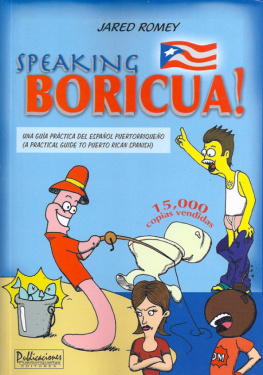
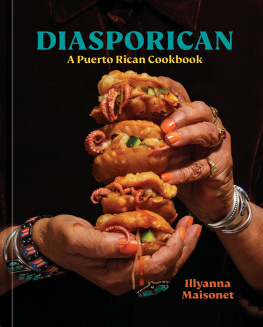

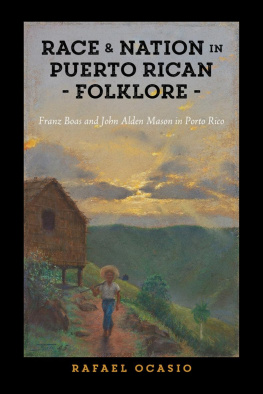
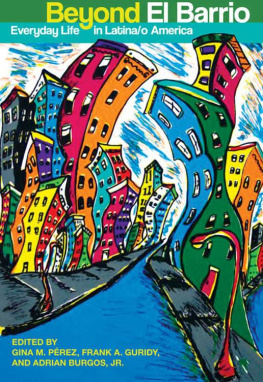
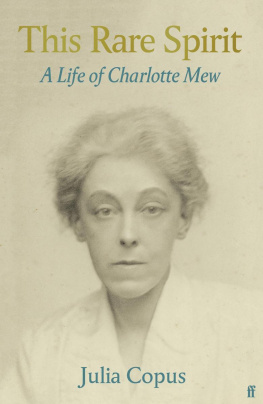
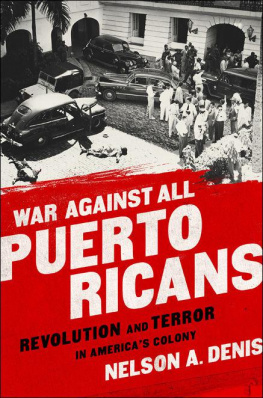


 This book is printed on acid-free paper.
This book is printed on acid-free paper.